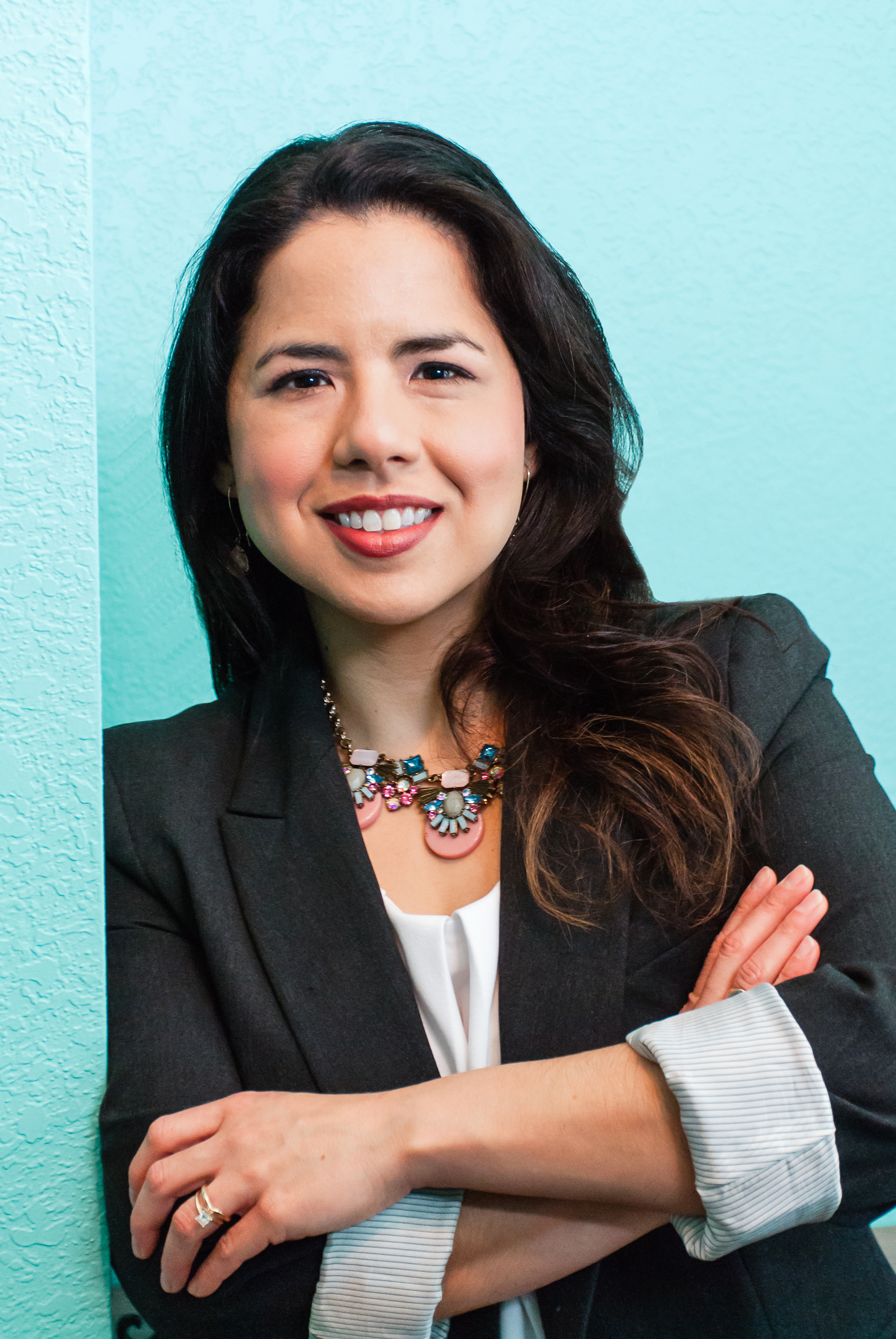Embrace Data on Hispanic and Latino Growth
By Melissa Vela-Williamson, M.A., APR, Fellow PRSA
November 2025
Since the beginning of my career, understanding the cultural landscape in the United States, how people prefer to live, and how these preferences influence stakeholders’ attitudes, understanding and behavior adoption has been a key part of my PR perspective. Understanding culture helps us understand people, and understanding people is essential to public relations.
Data should also influence our PR approach, so deciphering insights from statistics is an important part of our work. Being able to refer to data helps us avoid making uneducated or biased decisions. That’s an important strategy when building a business case or when emotions are high. Great PR pros ensure that they understand public sentiment, share truthful information and help our stakeholders take action based on insights.
According to the latest U.S. Census, even with a stated undercount, the Hispanic or Latino population is the largest racial or ethnic minority group in the country. I advise that we work to build relationships with any segment on track to become the majority of future stakeholders.
Claudia Romo Edelman is a global mobilization expert, catalyst for social change and marketer for social causes. I heard her onstage sharing that we can overcome issues based on data points, so my PR ears perked up. She asked us to become “factivists” and to offer role models, access and playbooks on how Hispanics and Latinos in the United States can be well paid, well represented and continue to progress.
I interviewed Romo Edelman, founder and CEO of The Hispanic Star, about how we can shape a more accurate Latino narrative with public relations.
Hispanic Star’s 2025 Hispanic Opportunity Toolkit was recently published. What were some key facts or findings that can help us advance conversations about Latino contributions and influence in the United States?
The tool kit is packed with data, it’s very comprehensive and contains datasets divided into demographics, behavior and sentiment — and, this year, we included a section full of data about Latino consumers. The growth is unbelievable; no other community has experienced that level of growth in so little time.
We have included a new section of how-to’s that we have seen how companies, organizations, individuals and communities utilize to know how to speak of Latinos as an opportunity.
Given the continued social and cultural shifts since 2020, how can PR professionals lead with empathy and inclusion while navigating such uncertain times?
We need to double down on truth, empathy and purpose, and in the specific case of the Latino community, with data and facts. PR pros must not only inform but inspire, shaping messages that bring people together, focus on solutions and counter fear with fact-based optimism. In uncertain times, consistency and credibility are your best allies.
Sometimes we need inspiration to make a move or keep going. What have you found inspires people to take action, even when the path forward is unclear?
People act when they see themselves in the story, when they feel both represented and needed. Inspiration grows when you combine hope with a clear role for individuals to play, no matter how small. Purpose is the antidote to uncertainty.
You speak on top stages, have worked with influential organizations, are an author and are an entrepreneur. What fuels you to be in the spotlight, when so many women — especially Latinas — are said to be uncomfortable with the visibility and promotion that requires?
I see the spotlight not as self-promotion, but as a tool to illuminate others. Every time I’m on stage or in the media, I’m not just telling my story — I’m telling our story as Latinos. Visibility is a responsibility when your community is still invisible in many spaces.
What advice can you share with PR professionals about how to influence positive narratives about underrepresented groups as we enter 2026?
Lead with data, anchor in dignity and tell stories that humanize rather than stereotype. Collaborate with the communities you represent, not just about them, and ensure that they’re at the table shaping the message. Change happens when we move from “talking about” to “talking with.”



